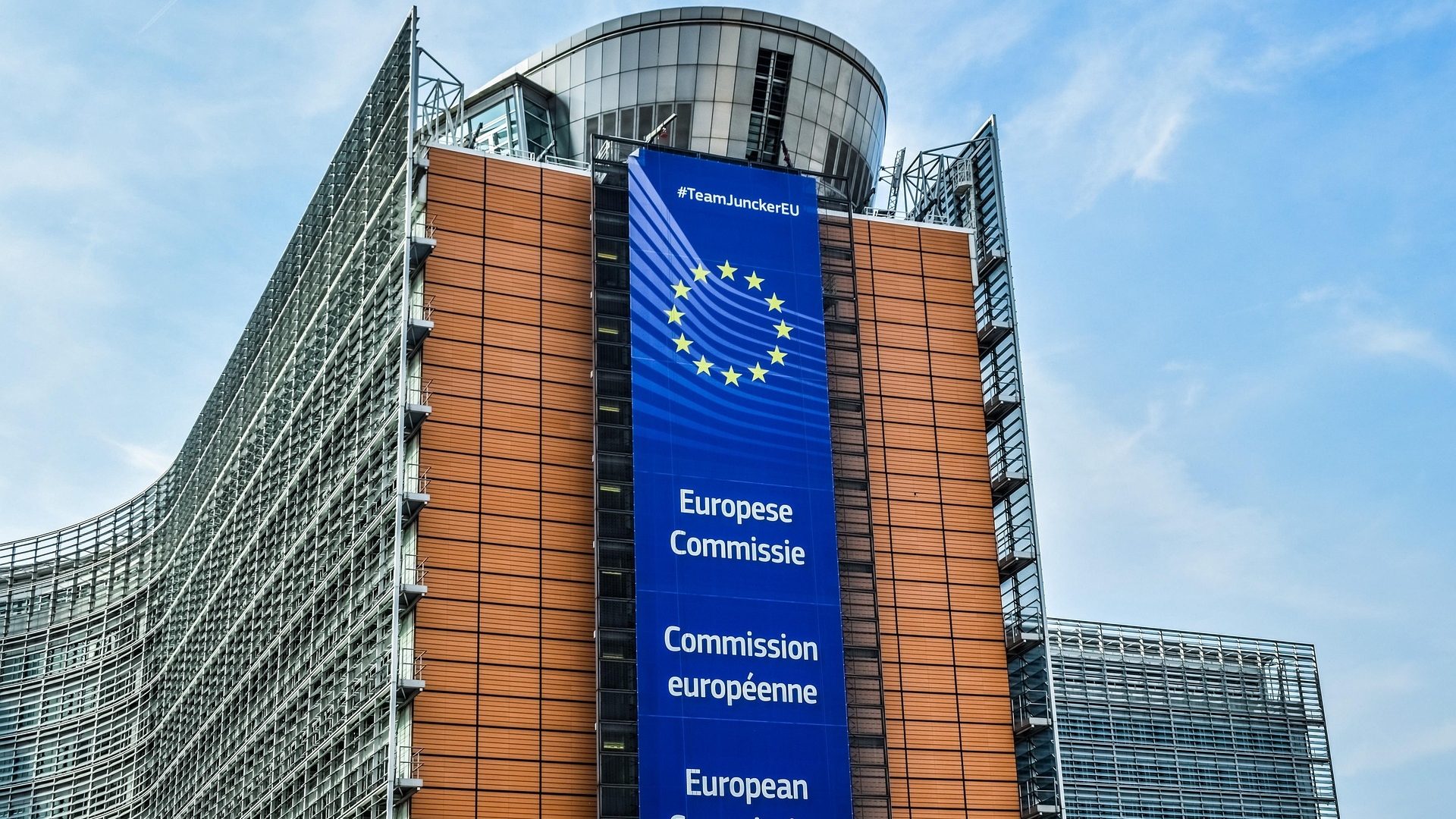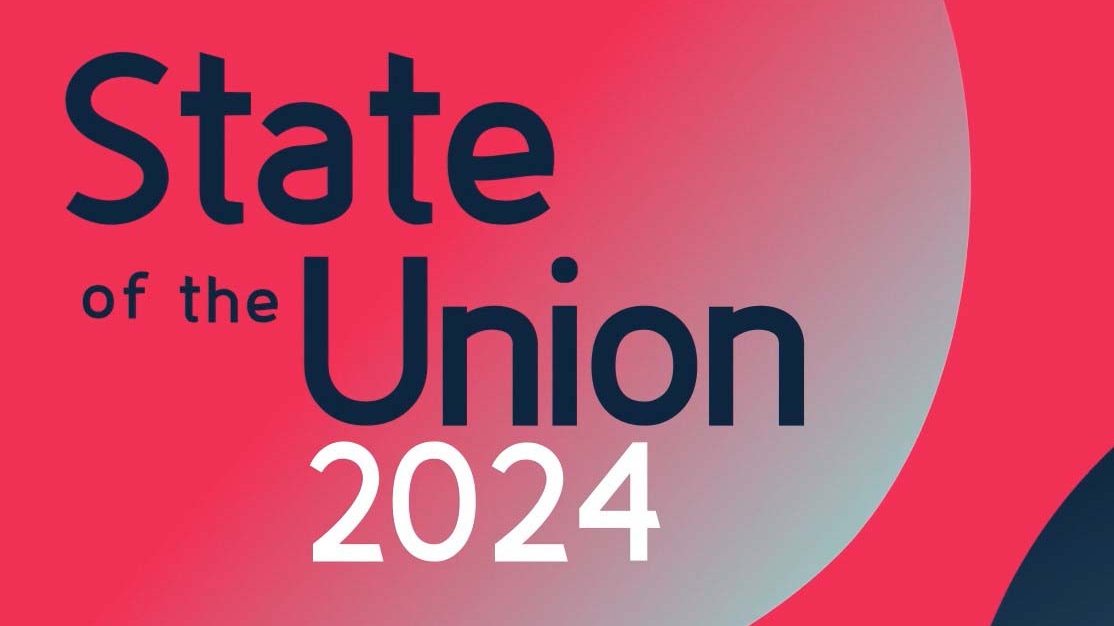Please find the full document here.
This document is the Audience Measurement Coalition’s (AMC) contribution to the Commission’s guidelines on the protection of minors online. As required by article 28 of the Digital Services Act (DSA), providers of online platforms accessible to minors shall put in place appropriate and proportionate measures to ensure a high level of privacy, safety, and security of minors, on their service. Equally, although not specifically referenced in the draft guidelines, article 35 (J) of the DSA require very large online platforms and search engines to implement risk mitigation measures to address systemic risks, including taking “targeted measures to protect the rights of the child, including age verification and parental control tools, tools aimed at helping minors signal abuse or obtain support”.
In connection with these obligations, the present document highlights that transparency is the first step to implementation, enforcement and compliance monitoring of many media and content regulation objectives. Audience measurement is an essential step to achieving the objectives outlined by the EU Commission regarding the safety, privacy, and security of minors on online platforms. The first part of the document outlines the countless examples in which independent audience measurement is used by public authorities to monitor and enforce regulation including measures that seek to protect minors from certain content.
Paradoxically, the responsibility to properly measure audiences, including vulnerable ones, to facilitate monitoring and compliance has not properly translated into the digital sphere. However, identifying usage trends through impartial and independent audience research and statistics is the most transparent way to see how stakeholders engage with their end-users and what impact any policies or controls they may have. Sections of the digital sphere’s usage trends can be opaque because major digital players have so far not accepted participation in industry-agreed independent measurement.
Consequently, public authorities do not have access to published independent audience measurement data relating to minors. The combination of lack of access to audience measurement data and digital platforms’ ongoing denial of underage usage despite evidence to the contrary, represents a form of institutional negligence. It allows continued exposure of minors to harmful, age inappropriate, and even exploitative content without meaningful accountability. Public institutions are unable to enforce protections effectively in the absence of independent data regarding the online presence of minors. The absence of such oversight should be considered a structural vulnerability in the digital ecosystem. On the other hand, traditional (linear) media measures minors’ consumption as a standard as it is essential to monitor compliance with media regulation. We believe that recognizing and accounting for this asymmetry and transparency gap is necessary as the gap in the enforcement of the DSA is critical as it could jeopardize the monitoring and enforcement that is necessary to achieve the objectives of the draft guidelines, particularly when it comes to age verification.
More News
November 19, 2025
AMC Statement on the Digital Omnibus Proposal
April 15, 2025
AMC releases its Position paper on the Role of Independent Audience Measurement to achieve the objectives of European Media Freedom Act
The Audience Measurement Coalition strongly advocates for the principles of self regulation precisely because they…
April 11, 2025
European Board for Media Services invited the Audience Measurement Coalition in Brussels
On April 10th 2025, the chair of the “Media Board” together with the Chair of its Audience Measurement working group,…
March 27, 2025
The Future of Audience Measurement Regulation
On 12 March, AMC Board Member, Marie De Cordier, participated in MIM’s panel discussion, moderated by Sofie Rue…
January 28, 2025
The Audience Measurement Coalition (AMC) launches to advocate for independent, transparent and fair audience measurement in Europe
Today, major European Joint Industry Committees (JICs), Media Owner Committees (MOCs), and professional research…
October 18, 2024
AMC offcially announced at the ASI Radio & Audio and Television & Video in Venice
On November 6th, Stuart Wilkinson introduced the AMC to a global audience of experts in Venice. He presented the topic:…
September 13, 2024
State of the Union 2024 in Belgium
AMC participated in the 2024 State of the Union, called by CIM, the JIC in Belgium
Contact us
if you want to learn more about the Audience Measurement Coalition or want to become a member, please press the contact button below.









